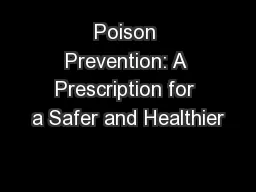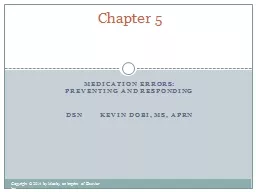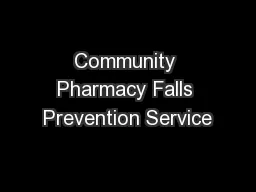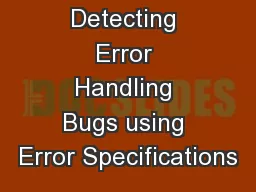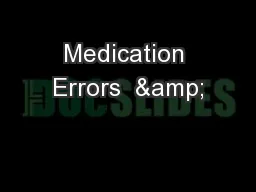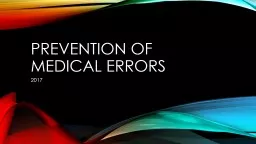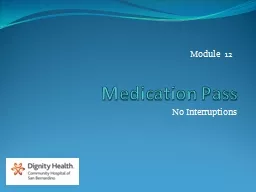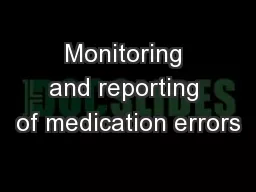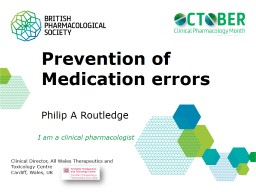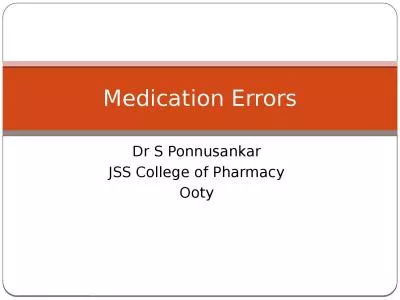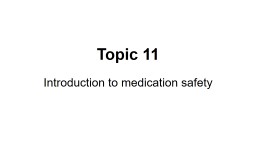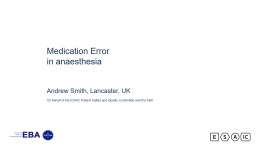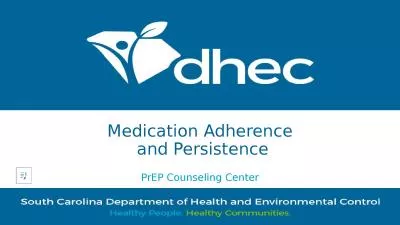PPT-1 Medication Error Prevention
Author : jane-oiler | Published Date : 2018-12-06
Dr Vicky Framil DNP ARNP ANPBC Clinical Assistant Professor Graduate Nursing Department Clinical Manager at John H Peavy Health Center 2 What is a medication error
Presentation Embed Code
Download Presentation
Download Presentation The PPT/PDF document "1 Medication Error Prevention" is the property of its rightful owner. Permission is granted to download and print the materials on this website for personal, non-commercial use only, and to display it on your personal computer provided you do not modify the materials and that you retain all copyright notices contained in the materials. By downloading content from our website, you accept the terms of this agreement.
1 Medication Error Prevention: Transcript
Download Rules Of Document
"1 Medication Error Prevention"The content belongs to its owner. You may download and print it for personal use, without modification, and keep all copyright notices. By downloading, you agree to these terms.
Related Documents


